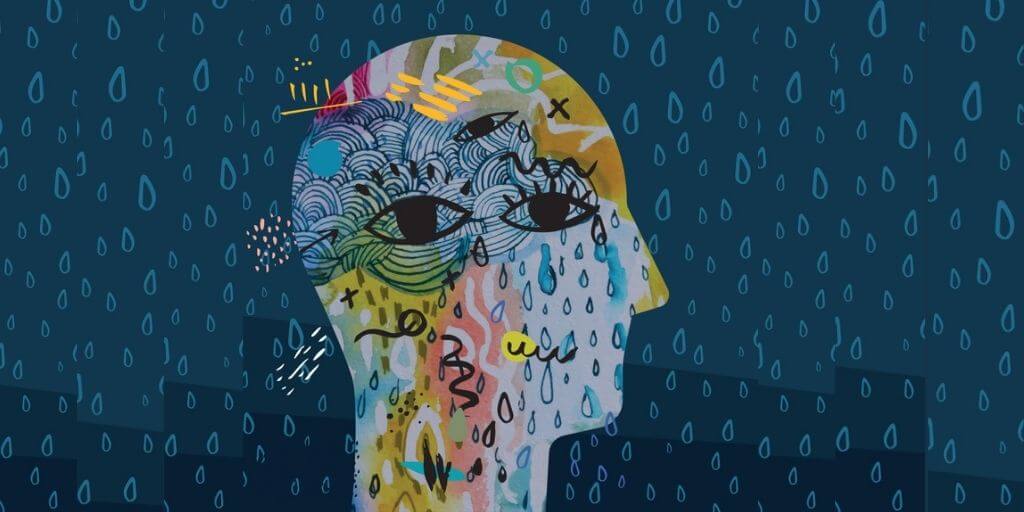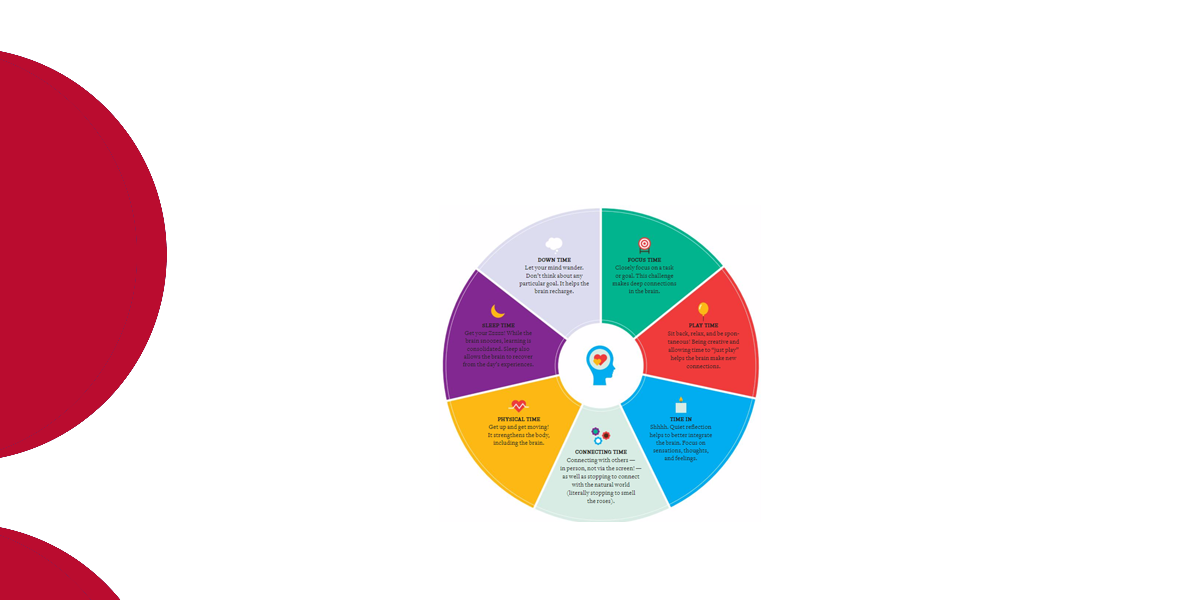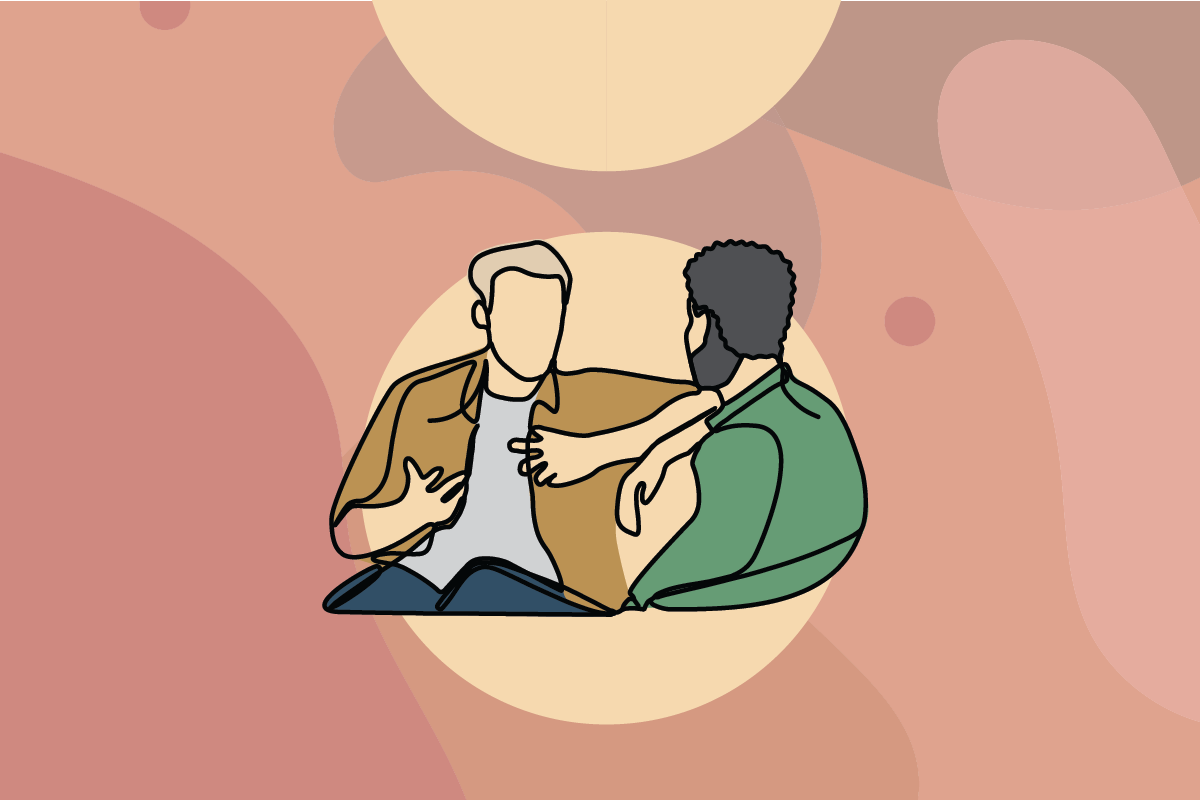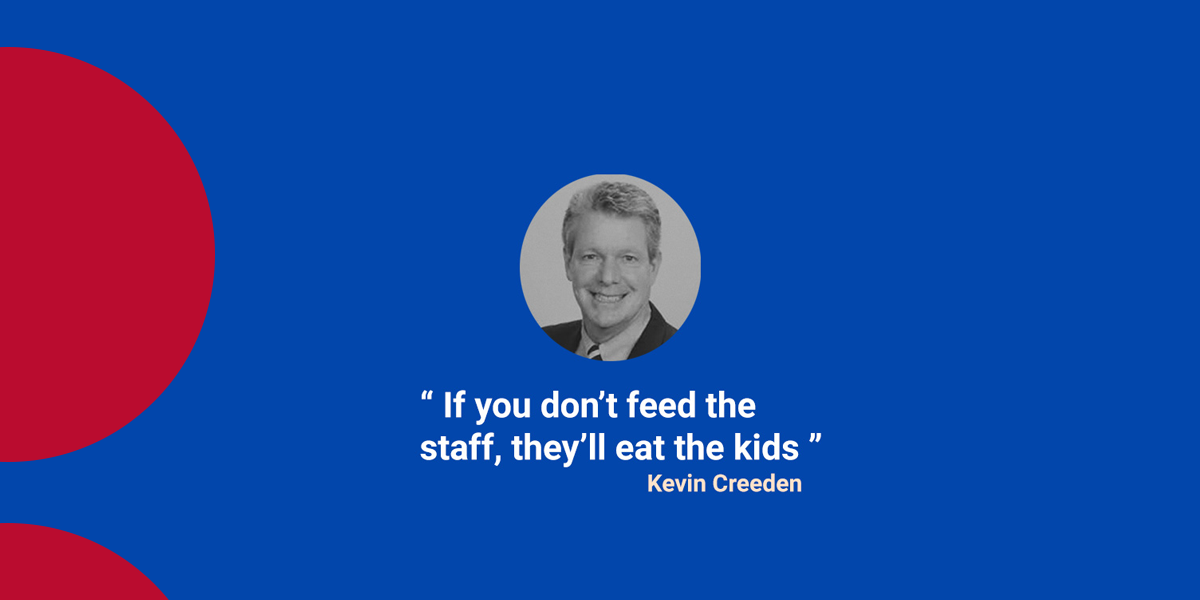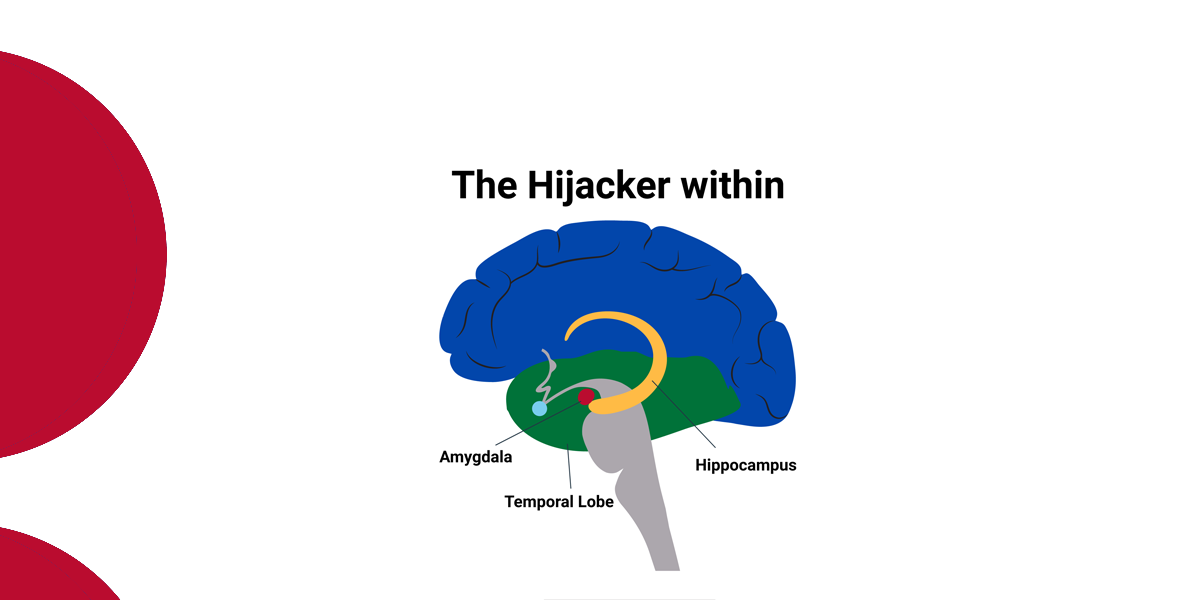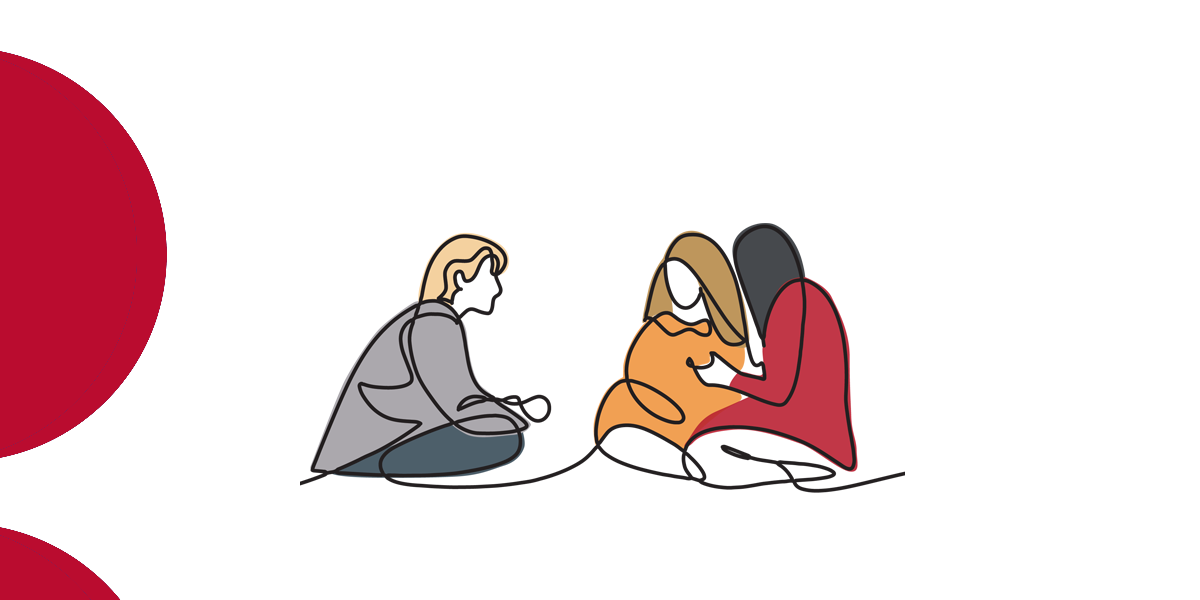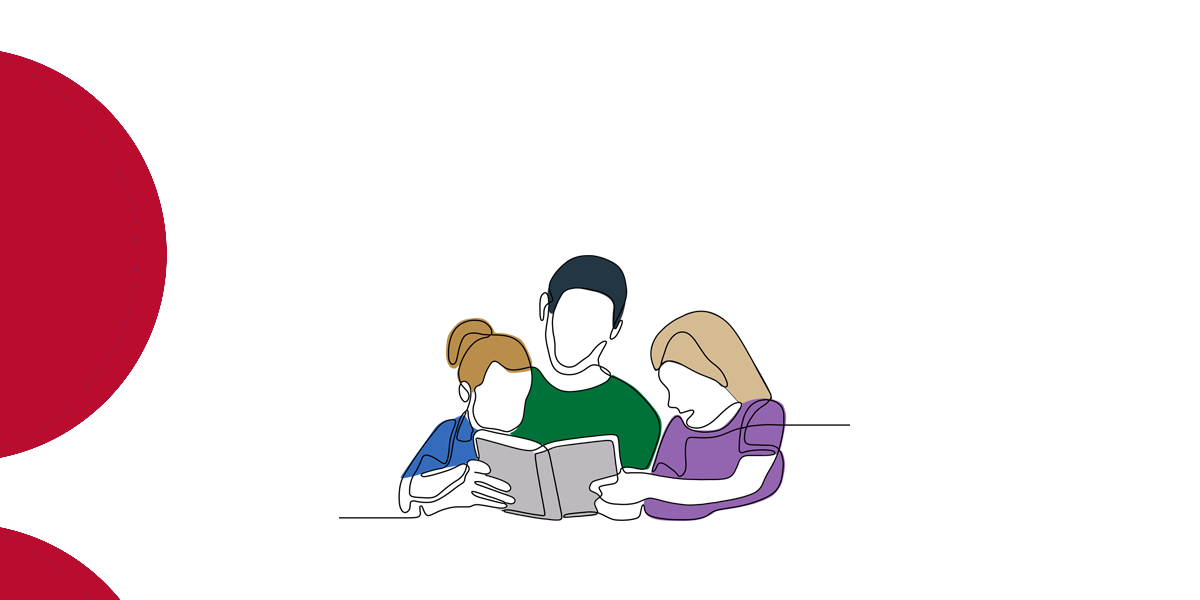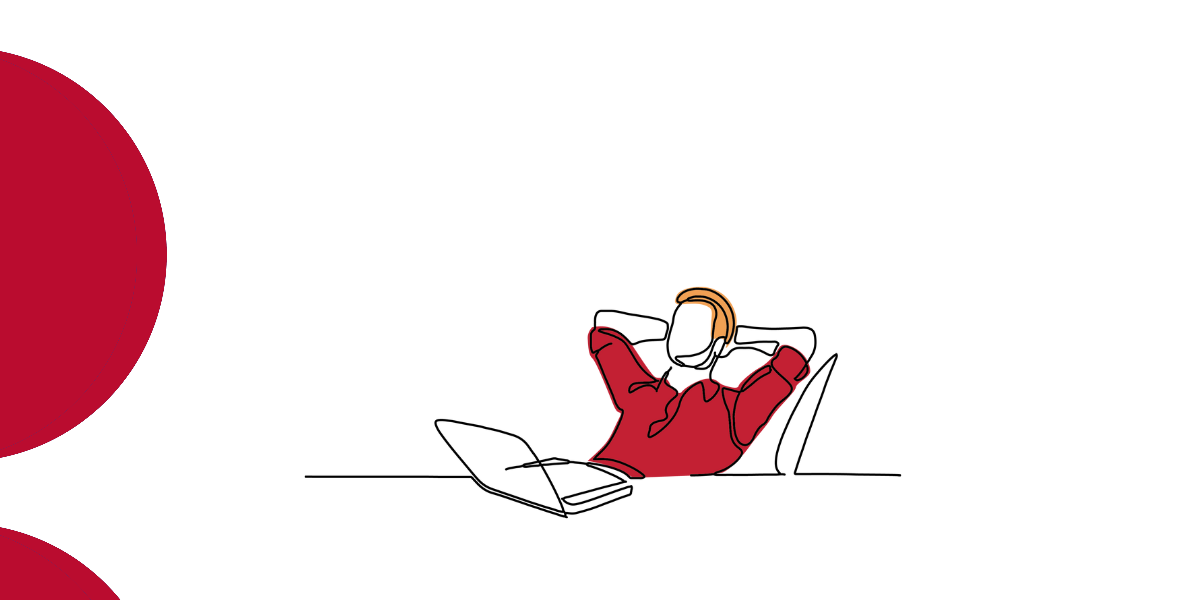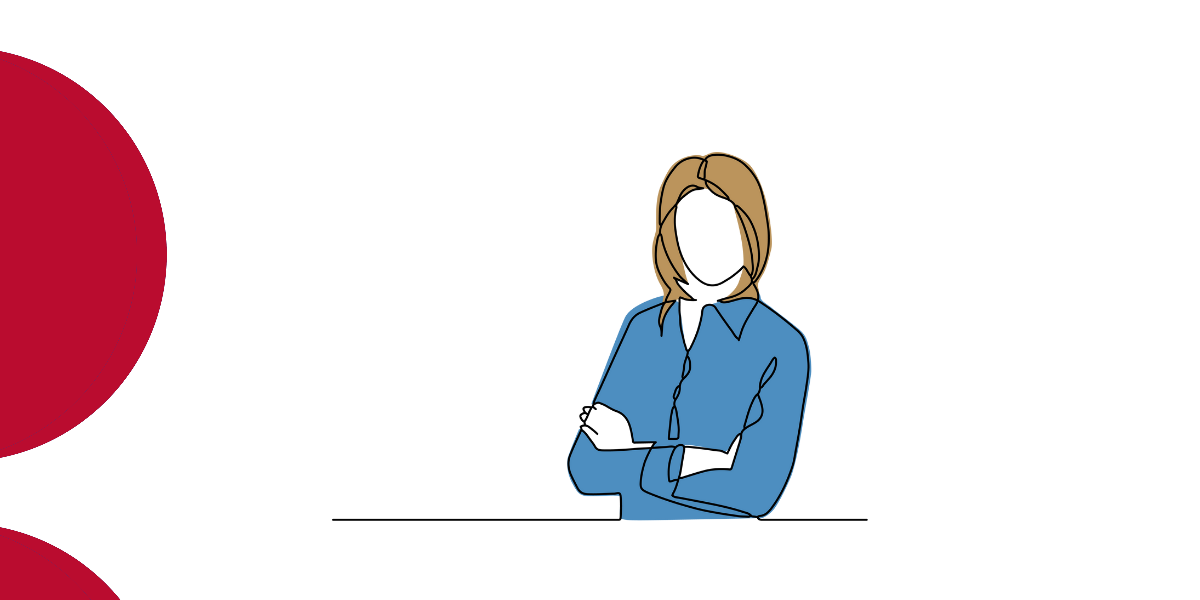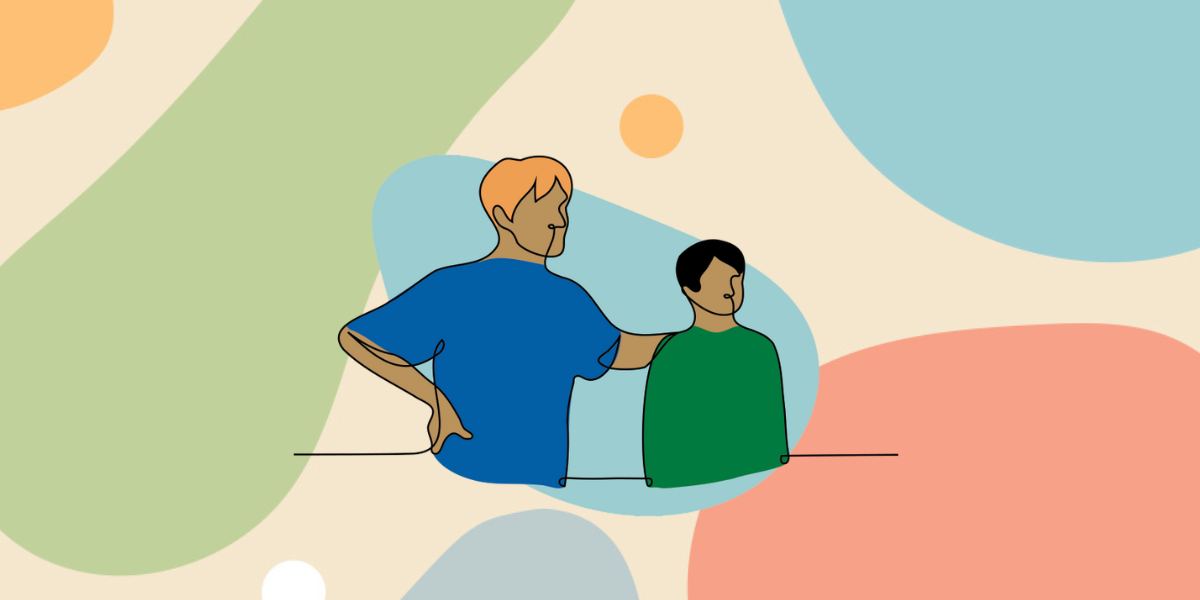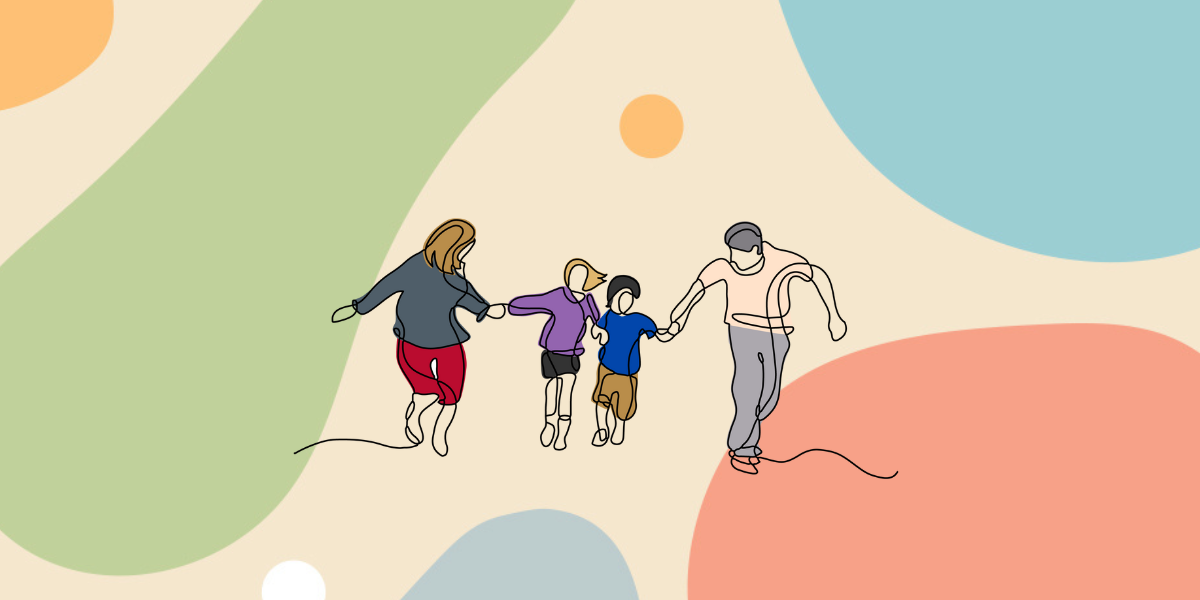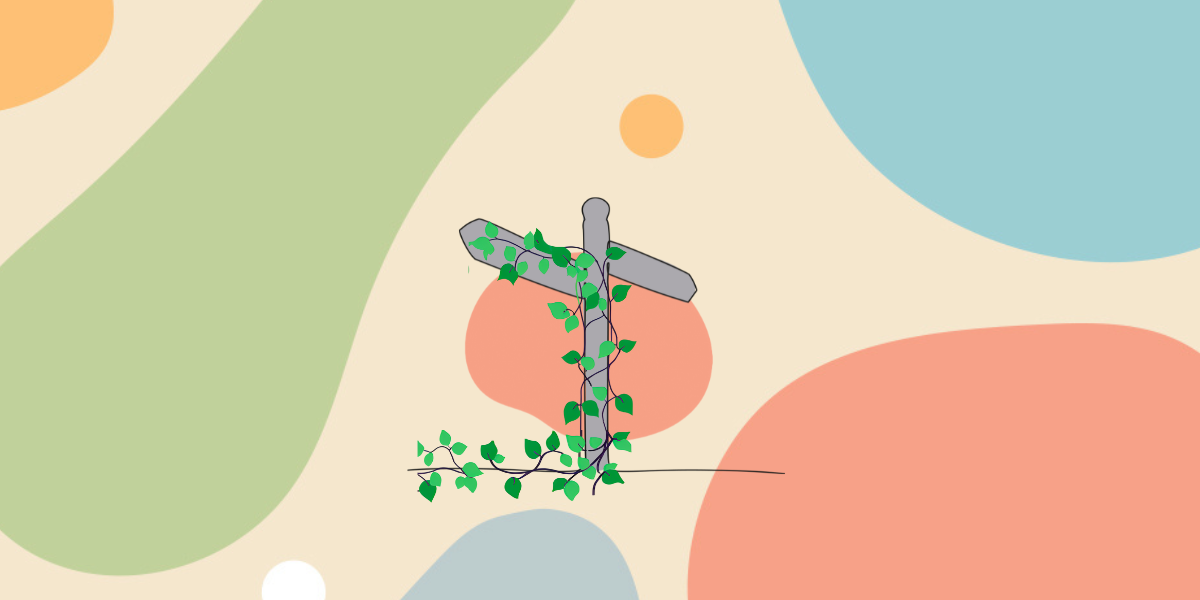Understanding vicarious trauma and compassion fatigue
Dec 2020
Written by Noel Macnamara
Research shows how profoundly influenced we are by other people’s emotional states and how rapidly our interpersonal affective responses occur, and how dynamically our physiology responds to others’ emotional states. This is why trauma can be emotionally contagious. I have experienced it personally. When I was working doing assessments of very violent and sexually abusive men, I was exposed to many kinds of trauma and abuse inflicted on children, young people and adults. Over time, the distress I was witnessing and hearing about began to intrude into my inner life and personal sense of parental security. I only really noticed what was happening to me when I found myself becoming overly protective of my children. This became intrusive and culminated in my waking up on the floor of my daughter’s bedroom and my partner asking me what was wrong. The vulnerability of the children I was working with had surfaced within me as a need to demonstrate my protection for my children. I had realised a very important fact: the bad guys look just like everyone else. That was when I fully realised what exposure to trauma can do.
There are two main types of secondary trauma: compassion fatigue and vicarious trauma. The personal experience I described above falls into the vicarious category in which, the on-going exposure to the vulnerability and suffering of others, a worker may experience alterations to their inner world view (the world is a fairly safe place and my children will always be safe to the world is not a safe place and you don’t know who is dangerous). Their sense of self-perception and self-mastery becomes distorted.
Another form of secondary stress is Compassion Fatigue. Compassion fatigue, or secondary traumatic stress disorder, is a natural but disruptive by-product of working with traumatised clients. It is a set of observable reactions to working with people who have been traumatised and mirrors the symptoms of post-traumatic stress disorder. The symptoms of compassion fatigue may include feelings of isolation, anxiety, dissociation, physical ailments, and sleep disturbances. Additionally, compassion fatigue is associated with a sense of confusion, helplessness, and a greater sense of isolation from supporters than is seen with burnout.
If you find yourself, following the exposure to the pain-based behaviours and the traumatic stories of the young people you are working with trying to avoid remembering the details or images that the contact has created for you or you find yourself becoming easily distressed or angry then you are probably experiencing secondary traumatisation. It is important to remember this is a natural consequence. It is being human. Secondary trauma and the subsequent emotional distress are a result of your willingness to engage empathically. The philosopher Susanne Langer once called empathy an “involuntary breach of individual separateness” – and this seems to apply particularly when we observe someone suffering, such as the young people you work with.
The most important question is what can we do about it? How can we become more resilient while at the same time continuing to work daily with the pain and suffering? I have found that education about secondary trauma, trauma-informed supervision, reflective practice and organisational recognition and assistance can all be helpful. However, the key to long-term sustainability in trauma work lies in finding self-care techniques that work for you and developing them into a regular practice. Not practicing self-care can have consequences for both you and the young people you serve.
Dealing with the trauma that the young people you work with have experienced and in some cases continue to experience is difficult however, that is also a reminder of how important the work is. Ensuring that you take care of yourself is equally important.


